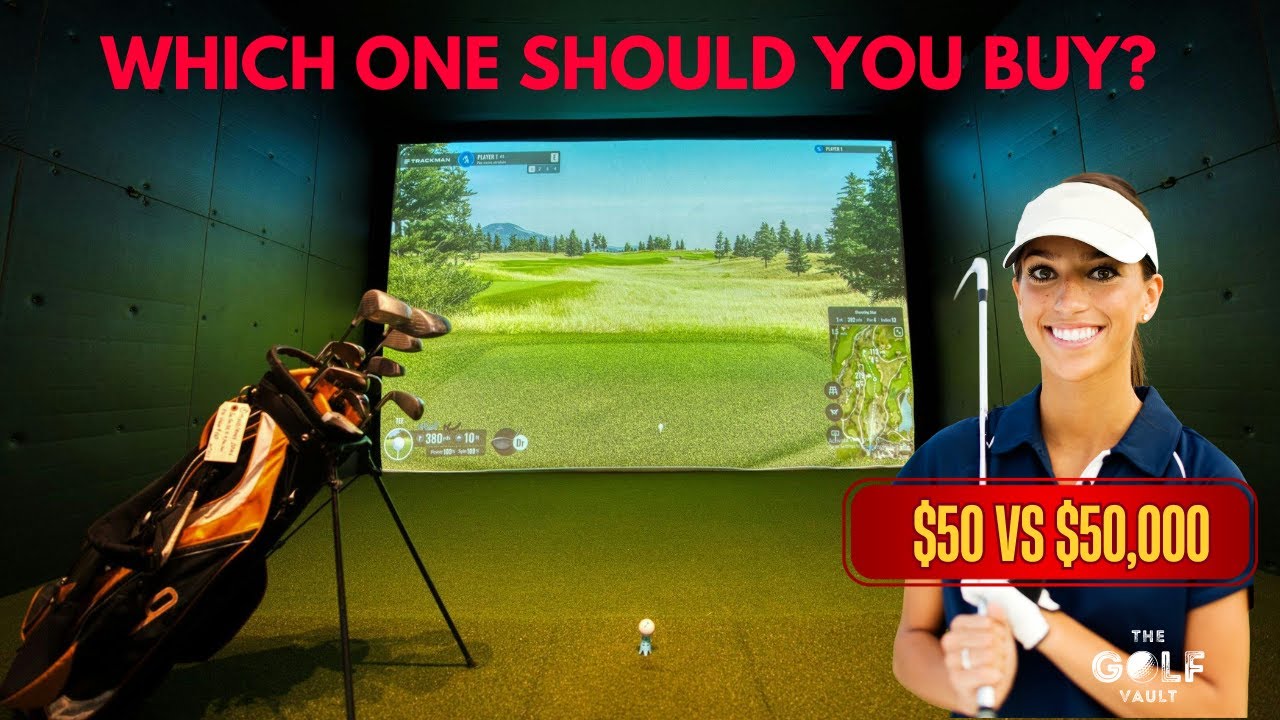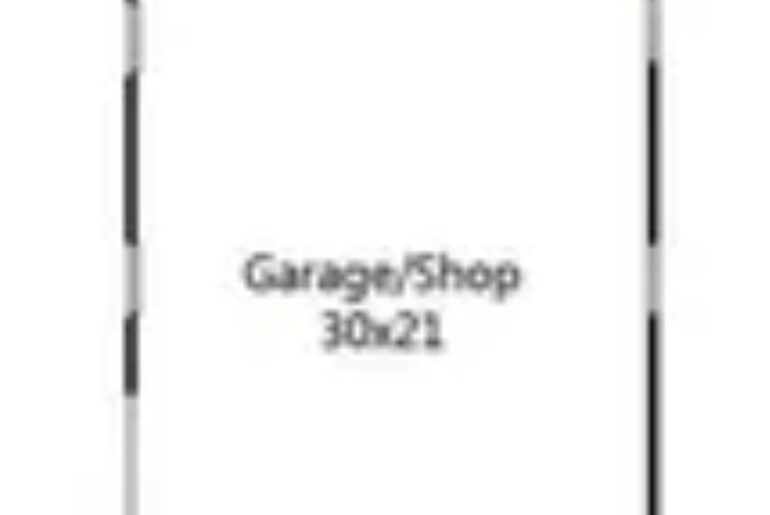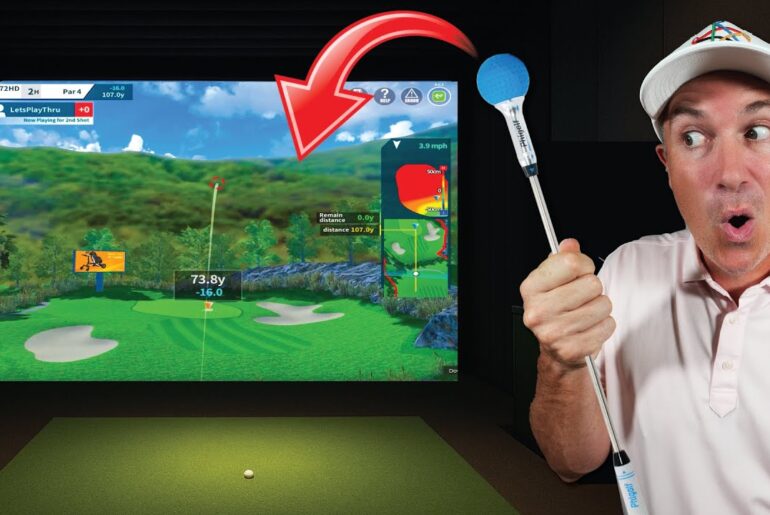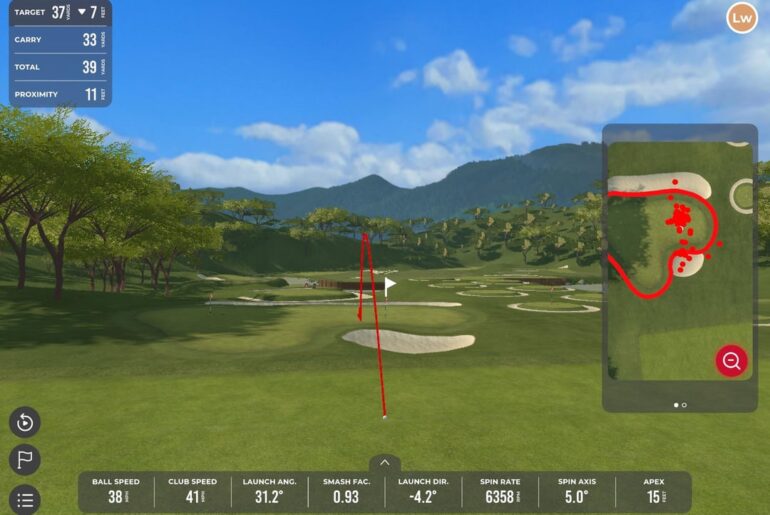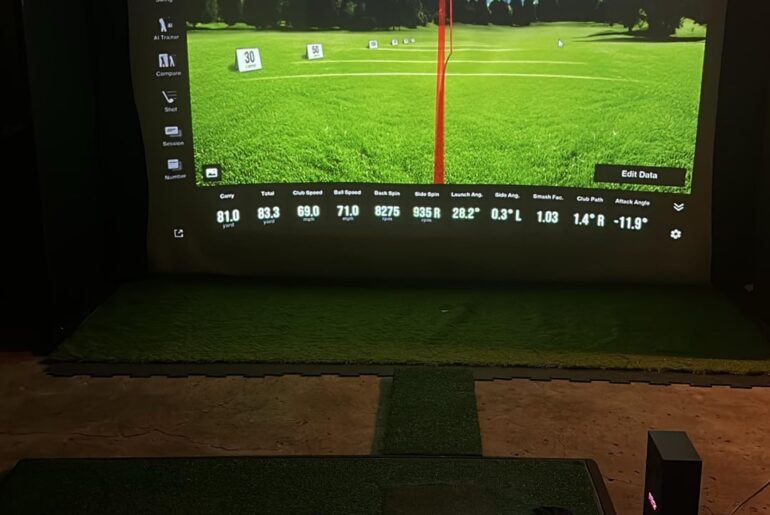Golf Simulators 101: Technology Behind the Game
Golf simulators explained how they work, why they’re booming, and which one you should try. Golf isn’t just played on lush green fairways anymore. It’s also played in garages, basement, man caves, and luxury lounges. Thanks to Golf Simulators. Today, we’re breaking down the tech, the hype, and the hidden truth behind golf simulators. how they work, why they’re blowing up, and whether you should get one, or just rent a session. Welcome back to the Golf Vault, your go-to place for unlocking the secrets of the game. Let’s get into it. What is a golf simulator? A golf simulator is basically a digital environment that lets you play golf indoors. You swing a real club, hit a real ball, and the system uses sensors, cameras, and software to show your shot on a virtual course. The ball might hit a net or a screen or bounce off a curtain, but the data, it goes straight to a system that calculates your shot in real time. Distance, direction, spin, launch angle, and more. You get instant feedback, like a launch monitor. But you also get to play famous courses from Pebble Beach to St. Andrews without leaving your house. How does a simulator actually work? Let’s break it down. You swing a club just like normal. The system picks up what’s happening using either high-speed cameras that track the ball’s speed, spin, and launch. Infrared sensors that detect the club path and impact, radar based systems like Trackman that monitor the ball’s flight using Doppler radar. Some simulators use all three. Then a computer runs the data through simulation software. It recreates the shot, projecting it onto a screen in front of you. Boom. Types of simulators and what they cost. Not all simulators are created equal. Here’s a quick breakdown. Launch monitor plus net setup. Budget $1,000 to $3,000. You use a portable device like the Rapsoto, Garmin R10 or MEO Plus. Pair it with a hitting net and a basic tablet. Great for practicing, not perfect for playing simulated courses. Mid-range simulators, budget, $5 to $10,000. Systems like SkyRack or Optishot 2. You get a screen, software, and solid tracking. Some realism, slight delay, still solid for casual use. premium simulators. Budget 20 to $70,000 plus. Think Trackman, Foresight, GC Quad, or Full Swing Golf. This is what the pros use. Ultra precise. includes high-speed cameras, custom enclosures, HD screens, and fullcourse libraries. [Music] Commercial entertainment sims. Topgolf swing suite, golf zone, or five iron golf setups found in bars, malls, golf lounges. Great for groups, parties, casual games. Can you actually improve with a simulator? Short answer, yes, if you use it right. Simulators are feedback machines. They show your swing path, angle of attack, ball speed, spin rate, dispersion instantly. Want to fix your slice? You can see exactly how your face angle affects spin. Working on distance control, you’ll get your carry numbers every shot. But, and this is key, you don’t get real turf interaction. No uphill lies, no wind, no rough, no pressure from that guy watching on 18. So, use the simulator as a training tool, not a replacement. What about putting? Simulated putting is controversial. Some systems let you putt to a screen. Others estimate based on distance. High-end simulators have autoleveling greens or sensors that track roll and break. But let’s be honest, putting is still best done on a real green. If you’re using a simulator, use putting mode just to finish the hole. For real putting work, use a practice mat or hit the course. Space requirements. What you need before you hit buy now, you need space. Minimum recommended. Width 10 ft, depth 15 feet, height 9 ft. That’s enough room to swing a driver safely. If you’re tall or swing fast, add more clearance. And remember, you’ll need electricity, Wi-Fi, and maybe some soundproofing if you live in an apartment. Where to try one before you buy? Not ready to commit? Good. You can test most major simulator brands at golf retail stores like PGA Tour Superstore or Golf Galaxy, local golf lounges or simulator bars, country clubs or coachingmies, golf expose and demo days. Try before you buy. That’s the move. What software do they use? This is the underrated part. Golf simulators are only as good as their software. Popular options E6 Connect. Super realistic, great visuals, smooth play. TGC 2019, the golf club. Massive course library, very affordable. FSX Foresight’s own software, perfect for practice and club fitting. Trackman Golf used by Tour pros, super detailed. Each one has pros and cons. Some are gy, some are data focused. Choose based on what you want. Realism, data, or just fun. What’s the catch? Simulators are awesome, but they’re not magic. They won’t fix your swing. They won’t give you real golf experience under pressure. And they take setup time, calibration, and space. You also need to be honest with yourself. If your swing sucks, the simulator will show it. No excuses, just data. And that’s the beauty of it. So, should you get one? If you have the budget, space, and dedication, it’s worth it. You’ll practice more often. You’ll get better data. You’ll play famous courses in your pajamas. But if you’re unsure, book a session first. See how it feels. Try different models. Get a lesson while you’re there. Golf is a game of feel, and even simulators can’t replace that. Golf simulators are the future of practice. They’re fast, flexible, datadriven, and let’s be honest, fun. They won’t replace the real course, but they’ll help you get better before you get out there. So whether you’re a scratch player or just want to stop chunking your sixiron, maybe it’s time to step into the sim. Just watch out for the ceiling. And if you learned something new today, like, comment, and subscribe to the Golf Vault. We’ve got more insights coming your way every single week. See you next round. [Music]
Welcome back to The Golf Vault! 🏌️♂️
Ever wondered how golf simulators work, or which one is right for you? In this video, we’re diving deep into the exciting world of golf simulators. We’ll explain how these incredible devices accurately track your swing, ball flight, and spin using advanced photometric and radar technology. Plus, we’ll cover the benefits of owning a simulator, review the top models from brands like Trackman, SkyTrak, and GCQuad, and reveal why both amateur and pro golfers love using them.
Whether you’re thinking about setting one up at home or just curious about the tech behind the game, we’ve got you covered. Make sure to hit that like button 👍, subscribe 🔔 to The Golf Vault, and let’s level up your golf experience!
⛳️ Chapters:
00:00 Intro
00:45 What Are Golf Simulators?
02:15 Types of Simulators (Radar vs Photometric)
04:30 Benefits for Golfers
06:00 Top Golf Simulators (Trackman, SkyTrak, GCQuad)
07:45 Home vs Professional Use
09:00 Final Thoughts & Recommendations
#GolfSimulators #GolfTech #TheGolfVault

